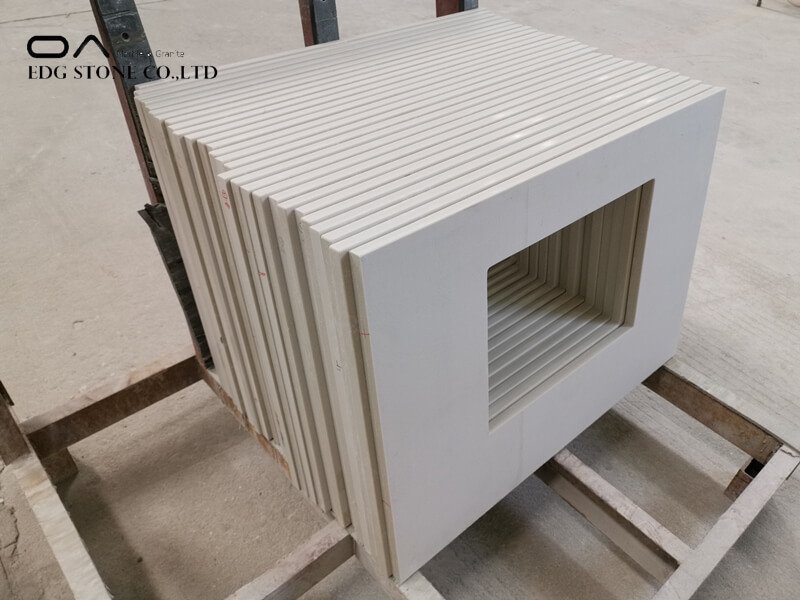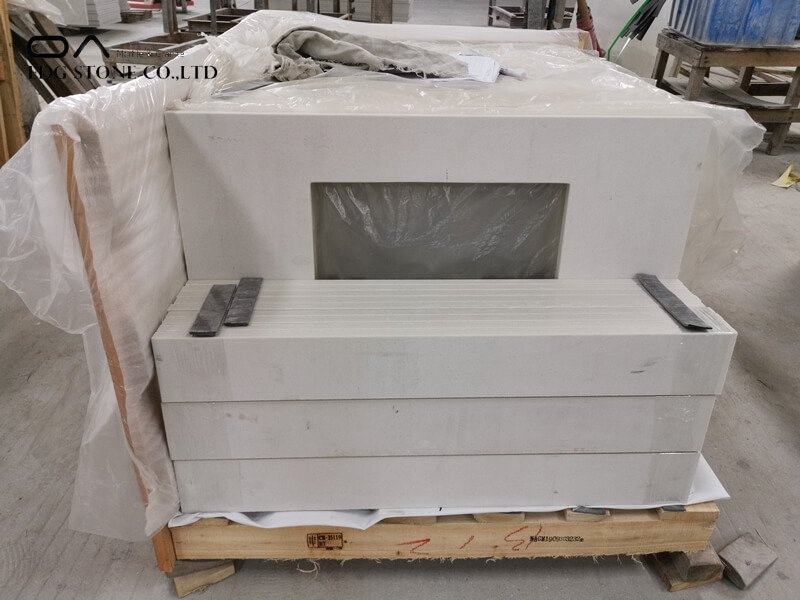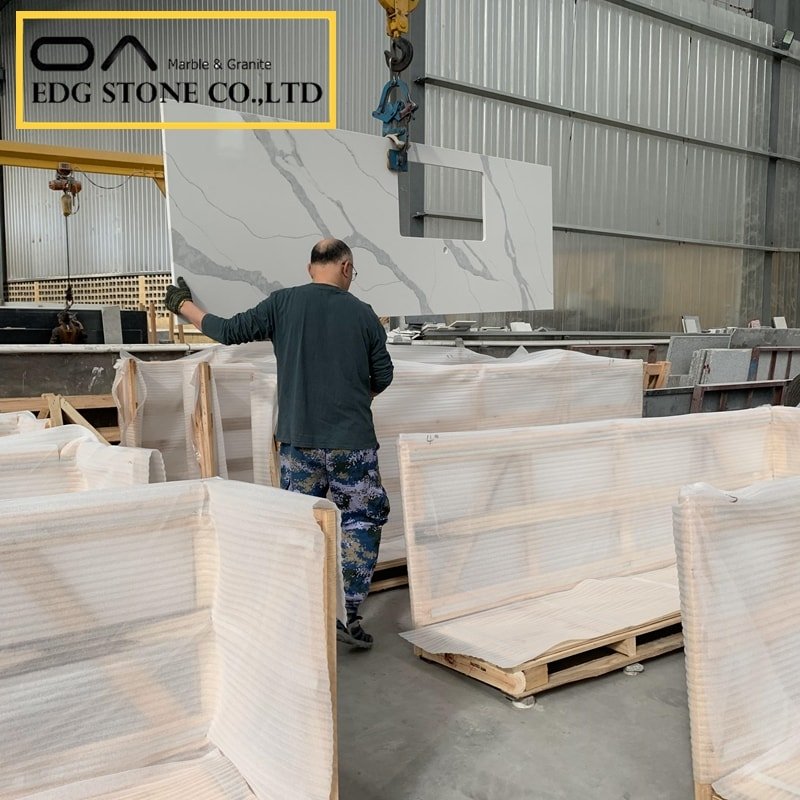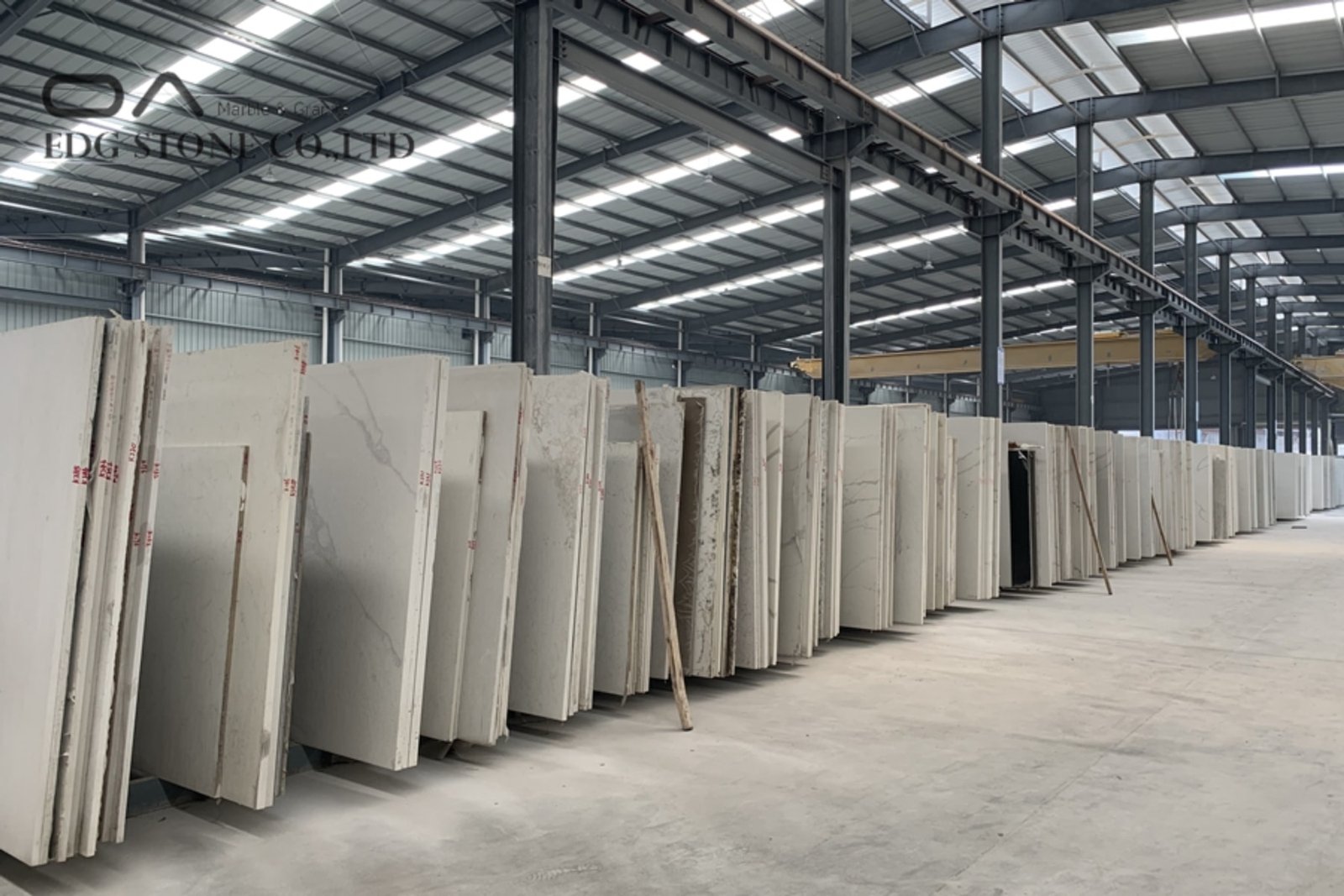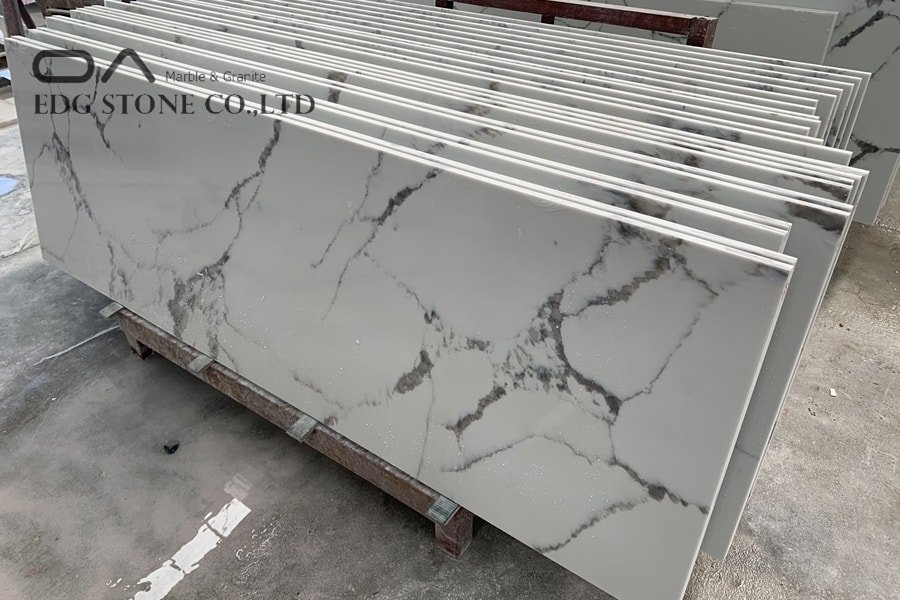The composition of artificial quartz stone is composed of mineral characteristics (calcium carbonate or aluminum hydroxide) plus resin (or acrylic) and adjustments, but the surface hardness is slightly worse. Only artificial granite and quartz stone can meet the hardness requirements of artificial stone.
Everyone knows better about quartz stone manufacturers, so I don’t need to explain more here. We mainly look at artificial granite, which is also called a synthetic stone, reconstituted stone, and engineered stone. It is made of natural stone fragments and stone powder as the main raw materials. It can also be decorated with mosaics, shells, glass, and other materials. It uses organic resin as a cementing agent. It is the same as the production process of quartz stone. It is formed by vacuum stirring, high-pressure shock, and then cured at high temperature. Quartz stone manufacturers have the ability to produce granite for synthetic stones made by other processes. What is the difference between artificial granite and quartz stone?
1. The selection of raw materials. The filler of quartz stone is more than 93% of the quartz in the quartz plate, while the filler of granite is natural crushed stone and stone processing waste. The granite belongs to recycled stone.
2. Scope of application, quartz stone is more used in cabinet countertops and other indoor decorations such as floors and walls. However, granite is more used in architectural decoration and exterior wall decoration.
3. The raw materials of environmentally friendly quartz stone are purified and removed, which effectively guarantees that there are no toxic substances and radiation sources in the material, and there are no requirements for the raw materials of granite.
4. Hardness. The Mohs hardness of quartz stone can reach level 7, while the hardness of granite is only level 4 or 5.




